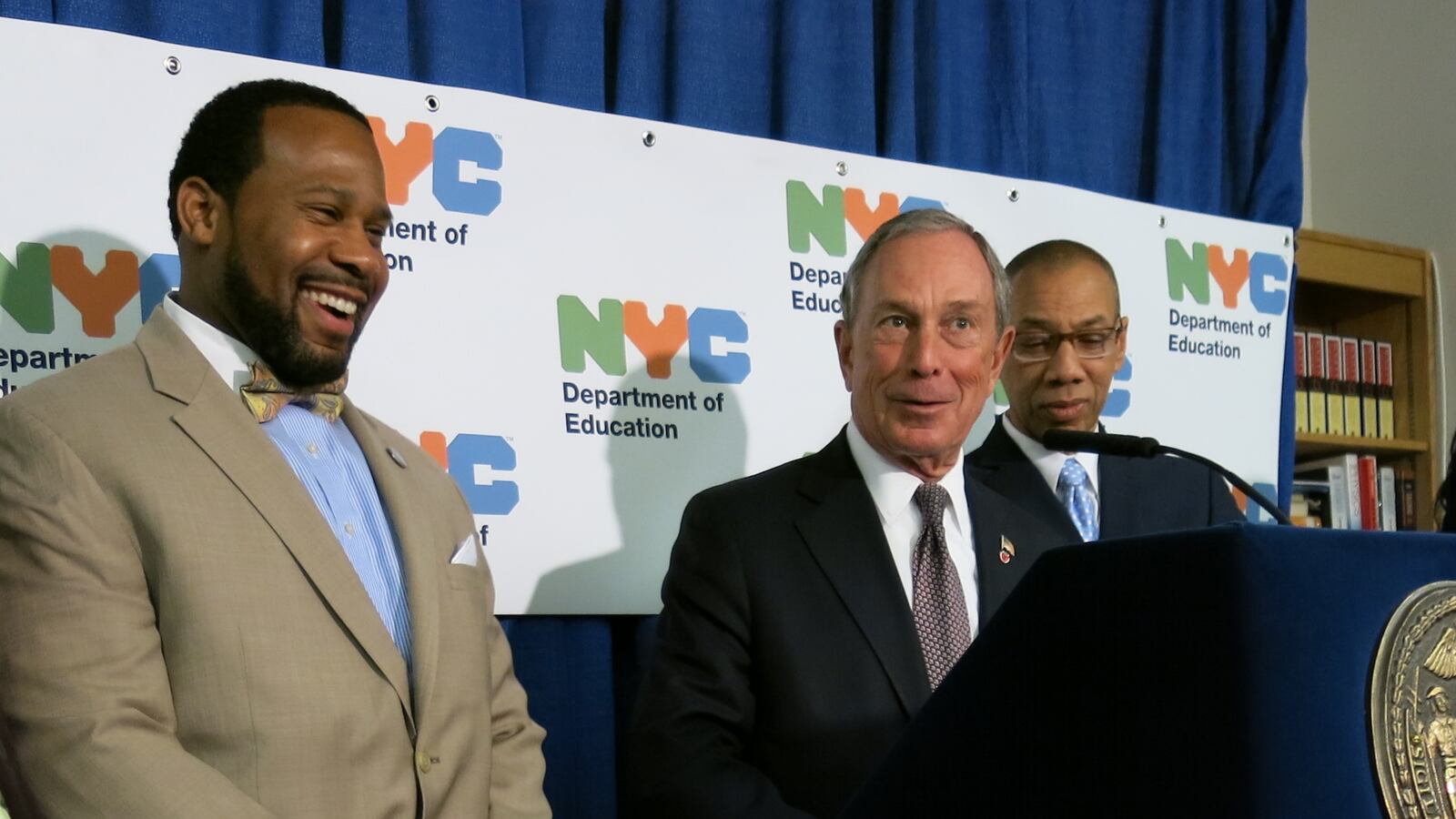In New York City, officials have found that roughly one in five students misses about a month or more of school each year, a risk factor that has been linked to lower test scores and higher dropout rates. But in Albany, officials do not know many students statewide miss that much school since, unlike in the city, they do not track that data.
Now, state officials are trying to catch up by requiring districts to pay more attention to students who are frequently absent, and they are pointing to New York City’s efforts to spot and support such students as a model.
Under a proposal considered by the Board of Regents this week, the state education department would start to report each school and district’s number of “chronically absent” students who miss 10 percent or more of the school year, or 18 or more days. Low-performing schools would also have to add attendance targets to their required improvement plans, under the proposed policy changes that Regents members are set to vote on this spring.
Unlike other districts, New York City already has a system in place to flag chronically absent students, and it requires every school to set an annual attendance plan. What’s more, the city launched an aggressive anti-absenteeism campaign a few years ago that included subway ads, a student-mentorship program, and data-tracking and accountability tools aimed at schools, all of which helped drive down the number of frequently absent students.
The de Blasio administration is continuing some of those efforts, such as mentorships for regularly absent students, and also trying new approaches, such as bringing extra support services into schools that struggle with absenteeism.
Despite the progress, individual schools have had mixed success drawing students to school, and only about 60 of the 100 schools in a Bloomberg-era initiative to reduce chronic absences had made gains by last year, according to a new report by the New School’s Center for New York City Affairs. Also, while the city keeps track of frequently absent students, it no longer rates schools on that measure or makes it public, instead letting each school set its own attendance goals.
“I feel like they’re doing their very best at Tweed to make principals aware of chronic absenteeism and to provide them with ideas and strategies for reducing the level,” said Kim Nauer, education research director at the Center for New York City Affairs, whose 2008 report on this issue helped galvanize city officials.
But with all the other demands on principals, and the difficulty of getting some parents to send their children to school each day, some school leaders have devoted far more energy to attendance than others, Nauer said. For instance, the principal of P.S. 48 in Queens directed staffers to monitor students who missed the most school, according to the New School report. After one year of close supervision, the school’s list of 160 regularly absent students dwindled to 26.
“It really is up to the principal to make it a priority for him or herself,” Nauer said.
The state currently tracks schools’ attendance rates, but the new proposal would have it report how many students are each school are chronically absent. That measure differs from daily attendance rates, which are school-wide snapshots, and truancy counts, which only track unexcused absences.
New York is one of just six states that does not gather individual students’ total absences, which can be used to calculate chronic absence rates, according to a report by the group Attendance Works and the Data Quality Campaign. Researchers say that missing many school days is a predictor of students reading below grade level and failing classes, and the city says that a full three-quarters of sixth-grade students who are chronically absent never earn a diploma.
The city education department provides schools with weekly lists of students who have missed 20 school days or are close to doing so, and last year it began to publish each school’s chronic absence rate in its annual progress report. However, the city’s revamped school-evaluation system dropped that measure from some of its school reports, opting only to include the average daily attendance rate.
Nauer said her team had advised city officials to keep the chronic absence figure in the new reports and to downplay the attendance rates. In last month’s report, Nauer and her colleagues noted that a school with 90 percent average attendance can still have more than a third of students miss 20 or more days each year.
“You can have a very high rate of average daily attendance,” said Attendance Works Director Hedy Nai-Lin Chang, “but actually you’ve got a large number of kids who are missing so much school they’re falling behind.”
The city is taking several steps to continue to reduce the number of frequently absent students, officials said.
First, it is continuing the previous administration’s mentorship program that paired students who miss lots of school with staffers, nonprofit workers, or peers who keep tabs on the students and offer them support. That program had expanded to 100 schools under Mayor Michael Bloomberg, but now about 60 schools have grants to run the program, officials said.
Under Mayor Bill de Blasio, the city has added school guidance counselors and parent-teacher conferences, which both can help improve attendance, the officials said. Also, the city will convert 128 schools into “community schools” with extra support services, including 45 schools that have high chronic absence rates.
“For our students to succeed they must be in school,” said education department spokesman Harry Hartfield, “and that is why we are committing expansive resources to keep students in the classroom.”

